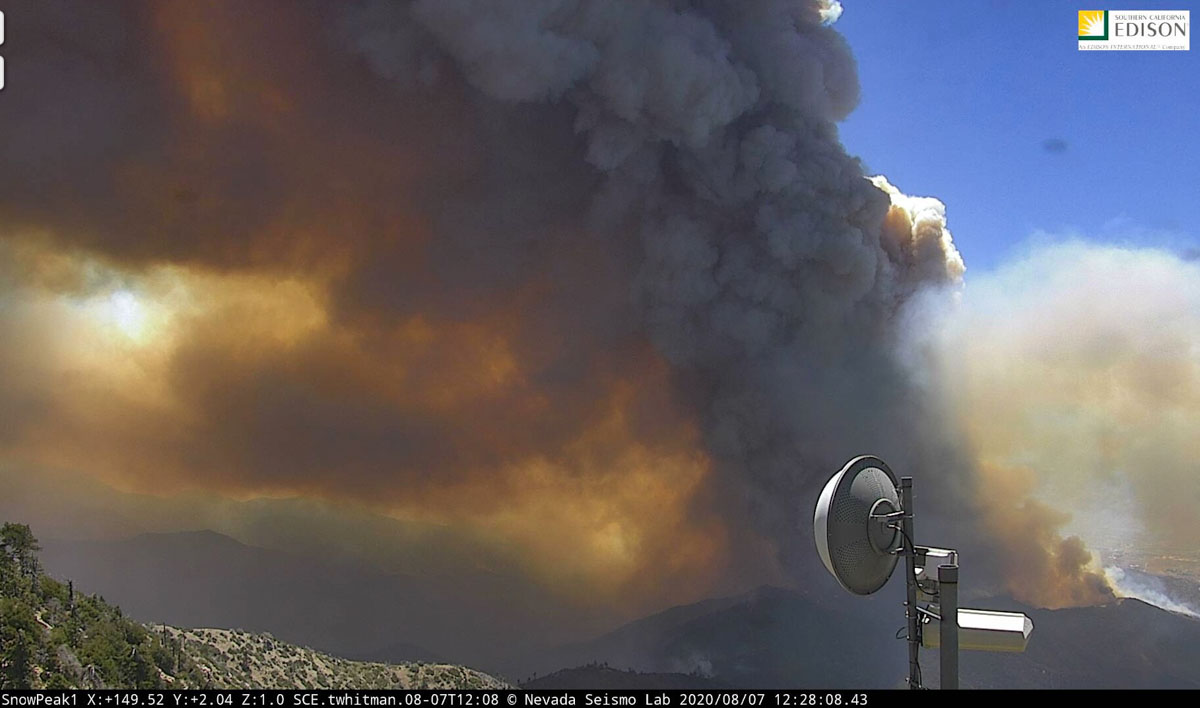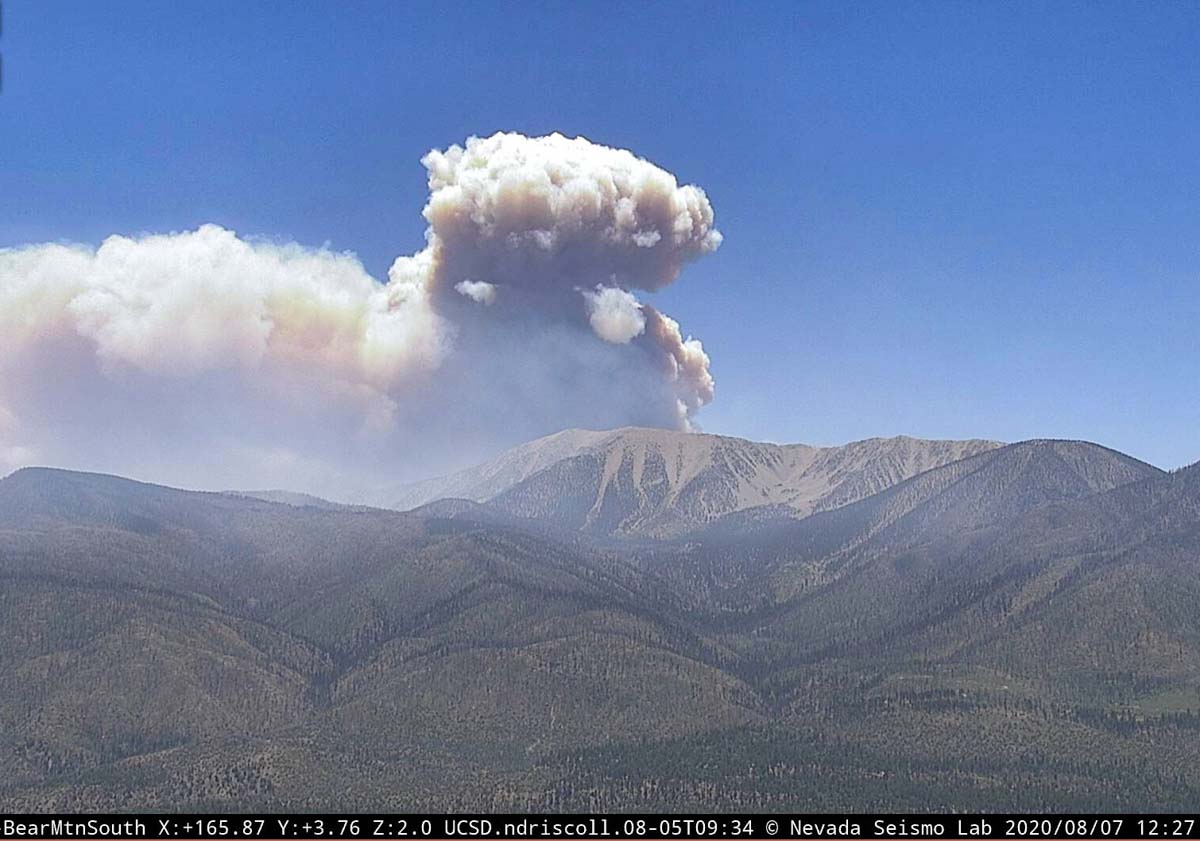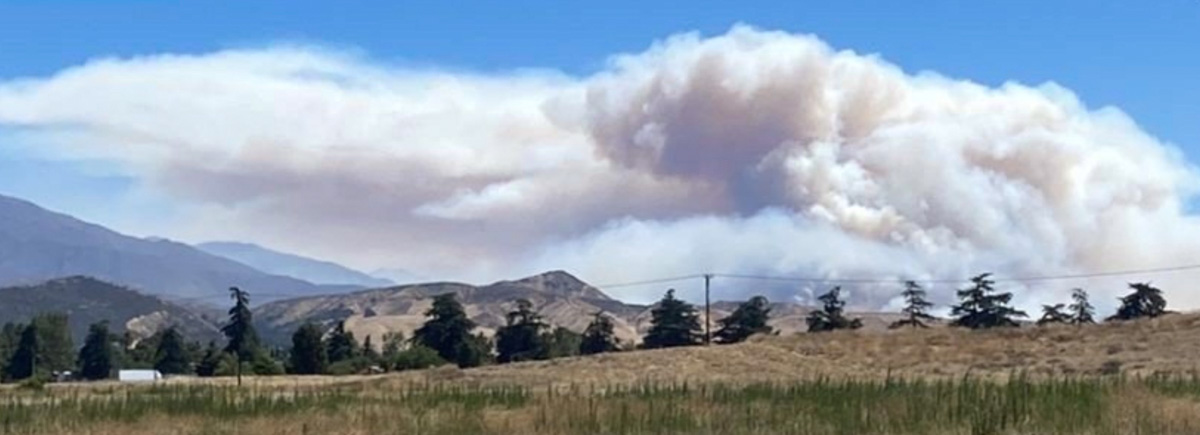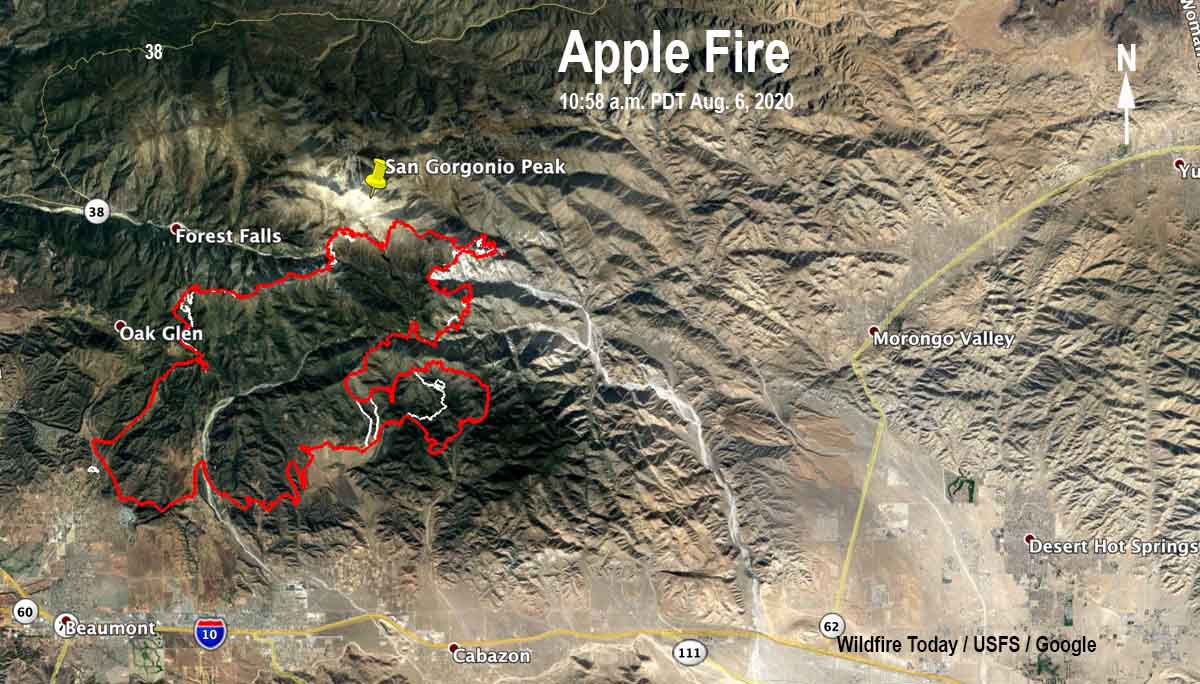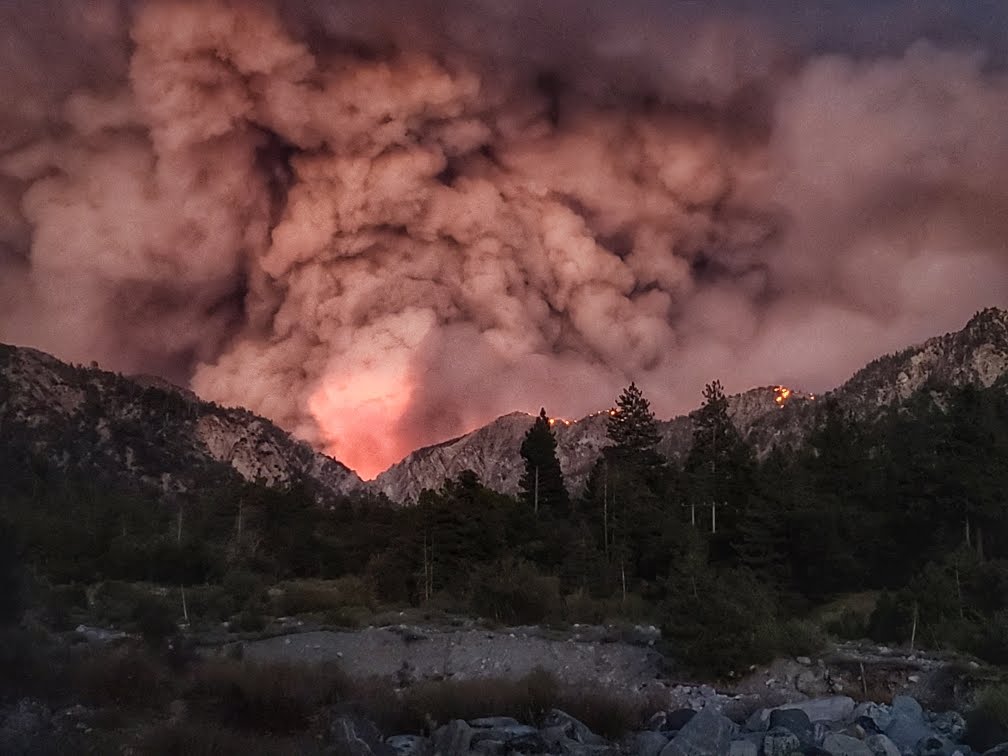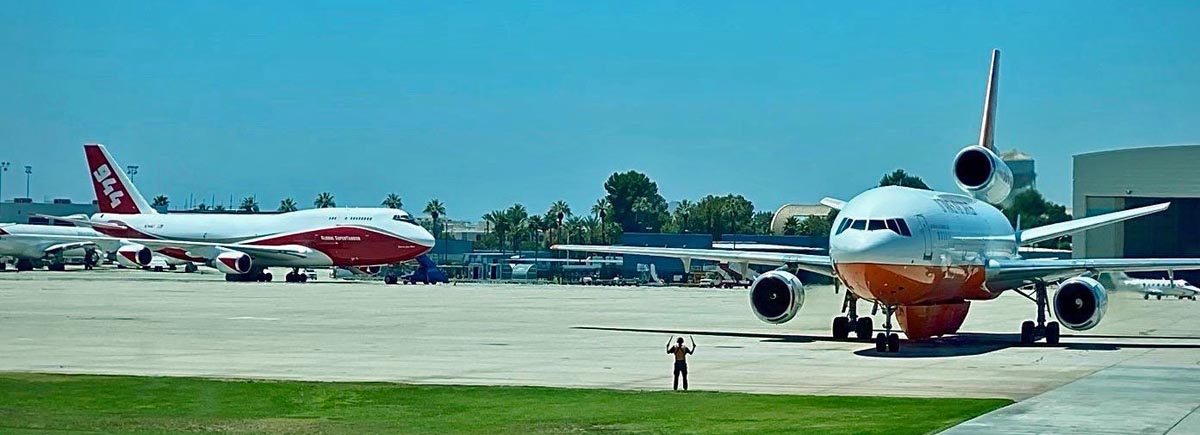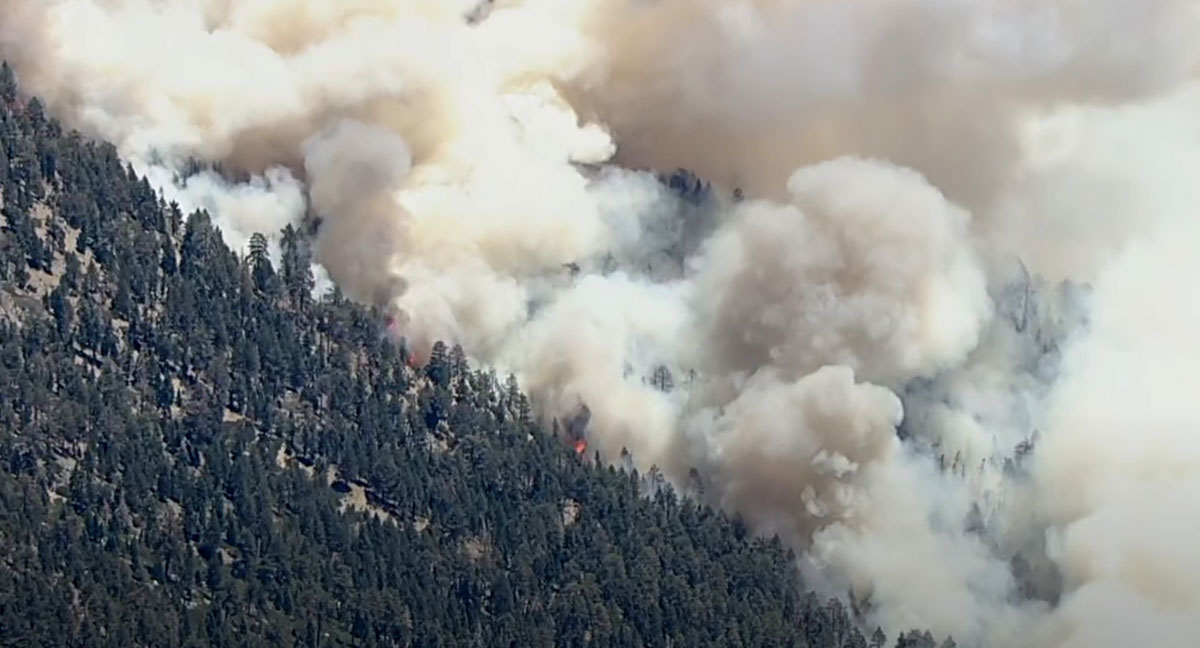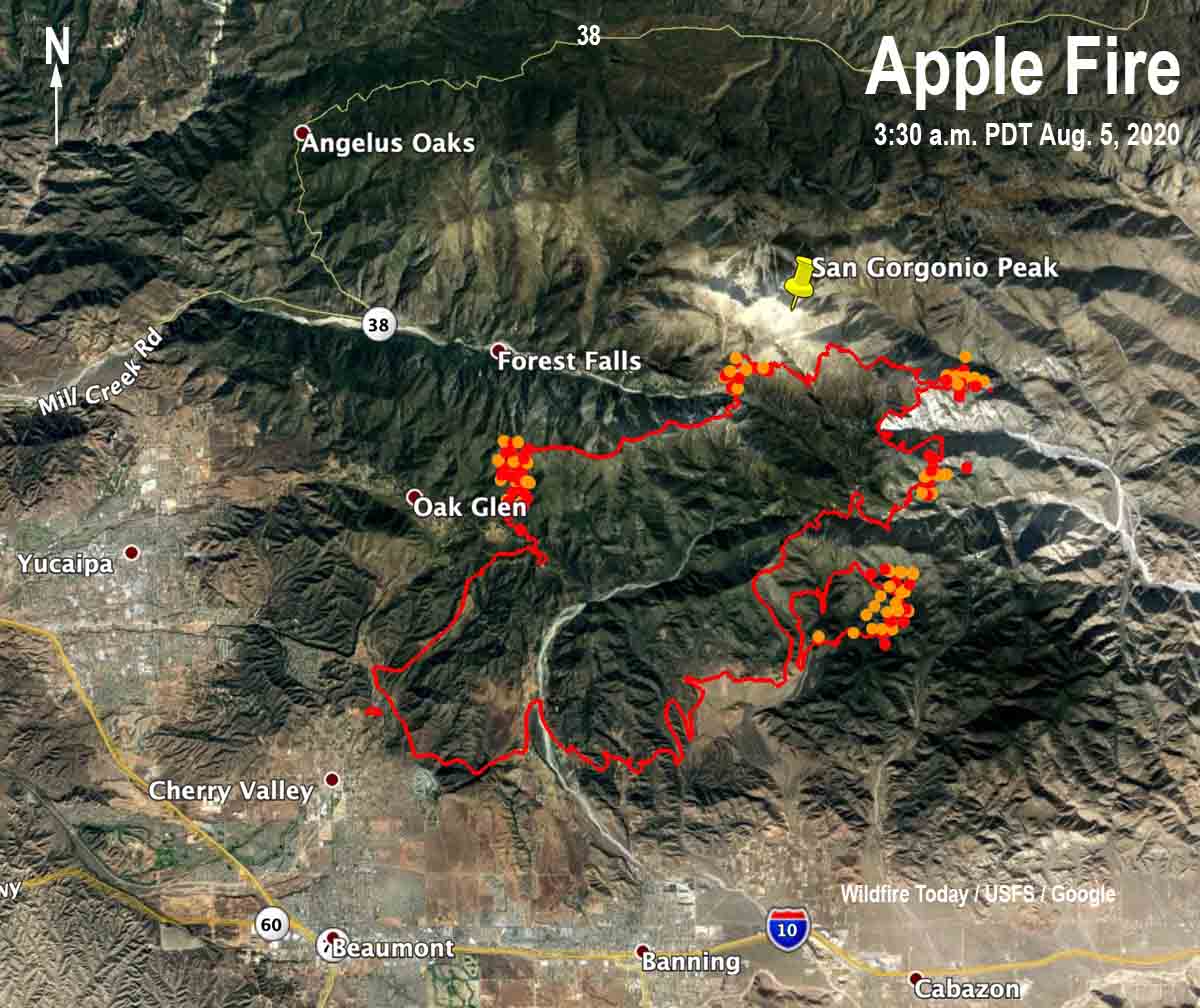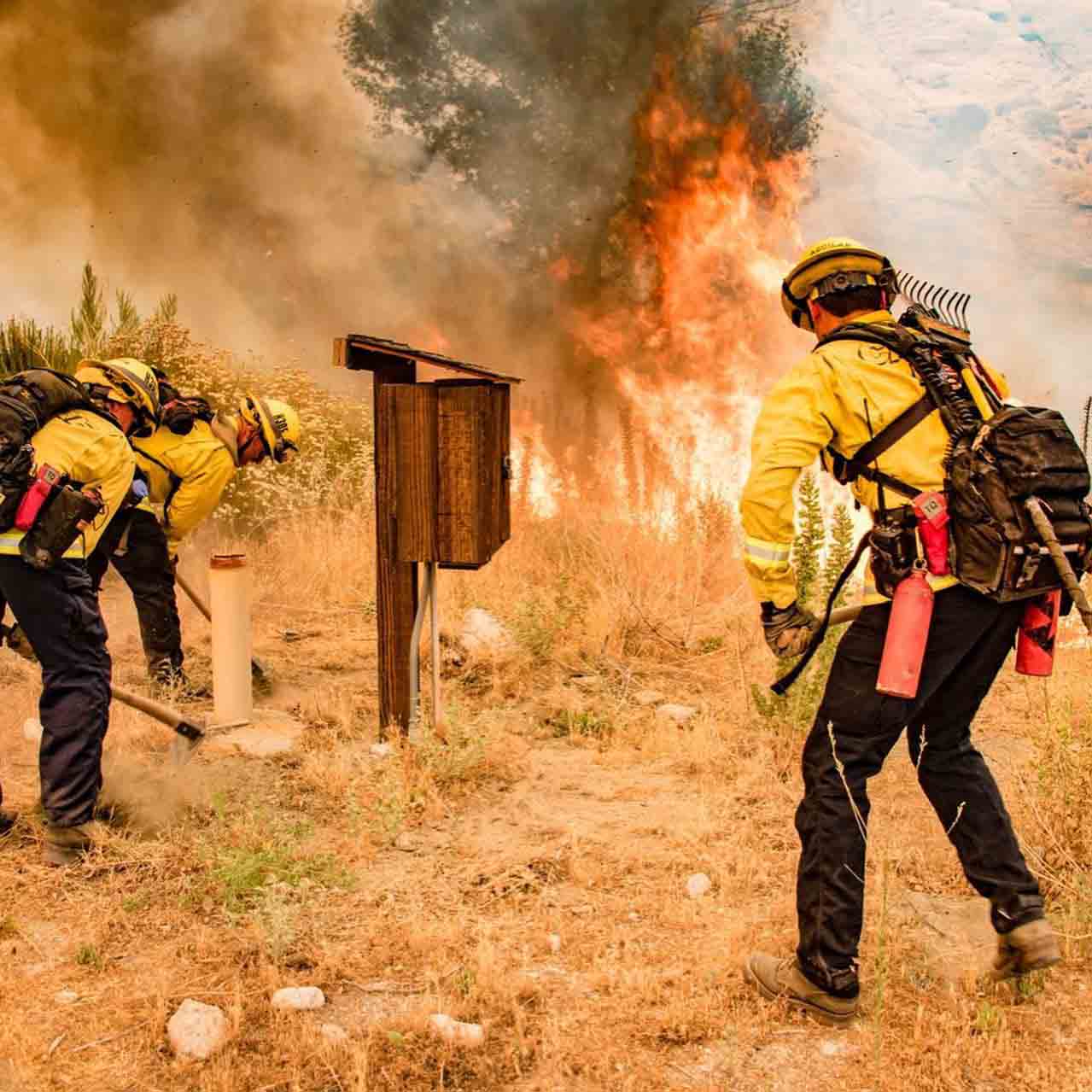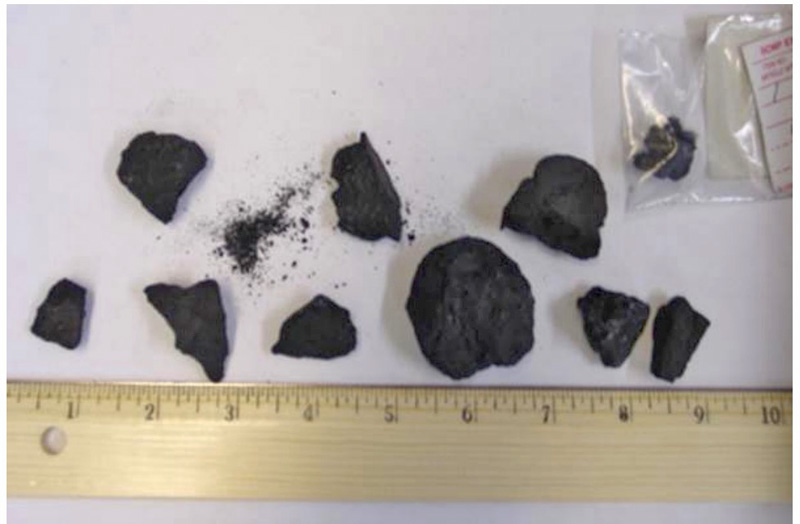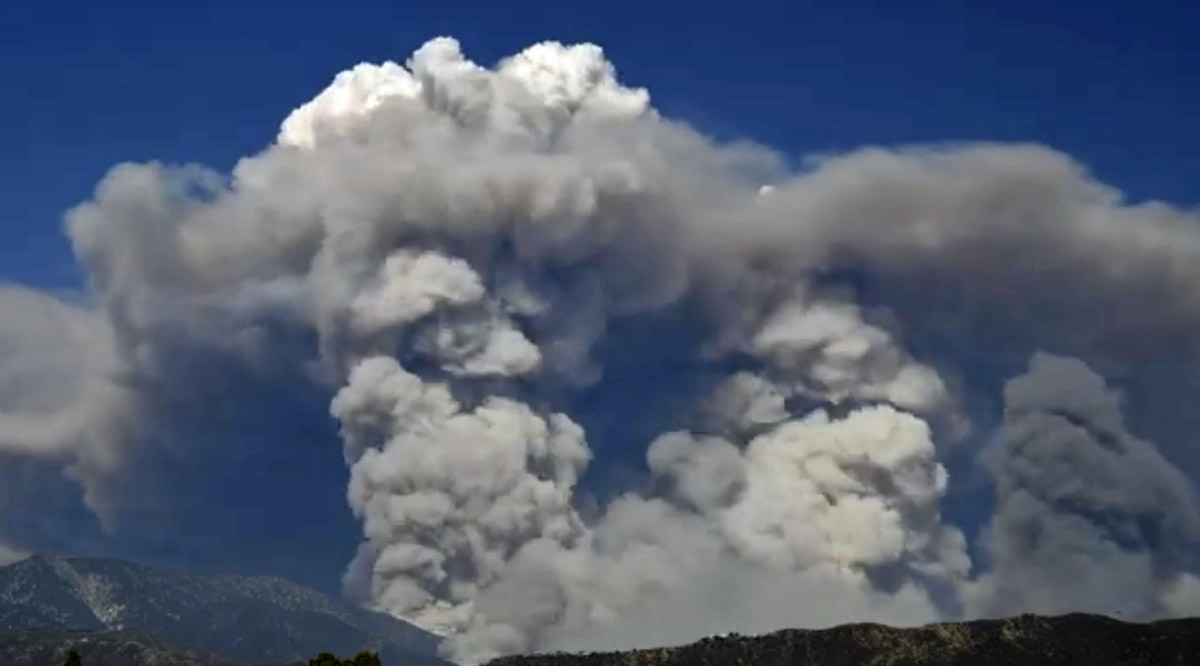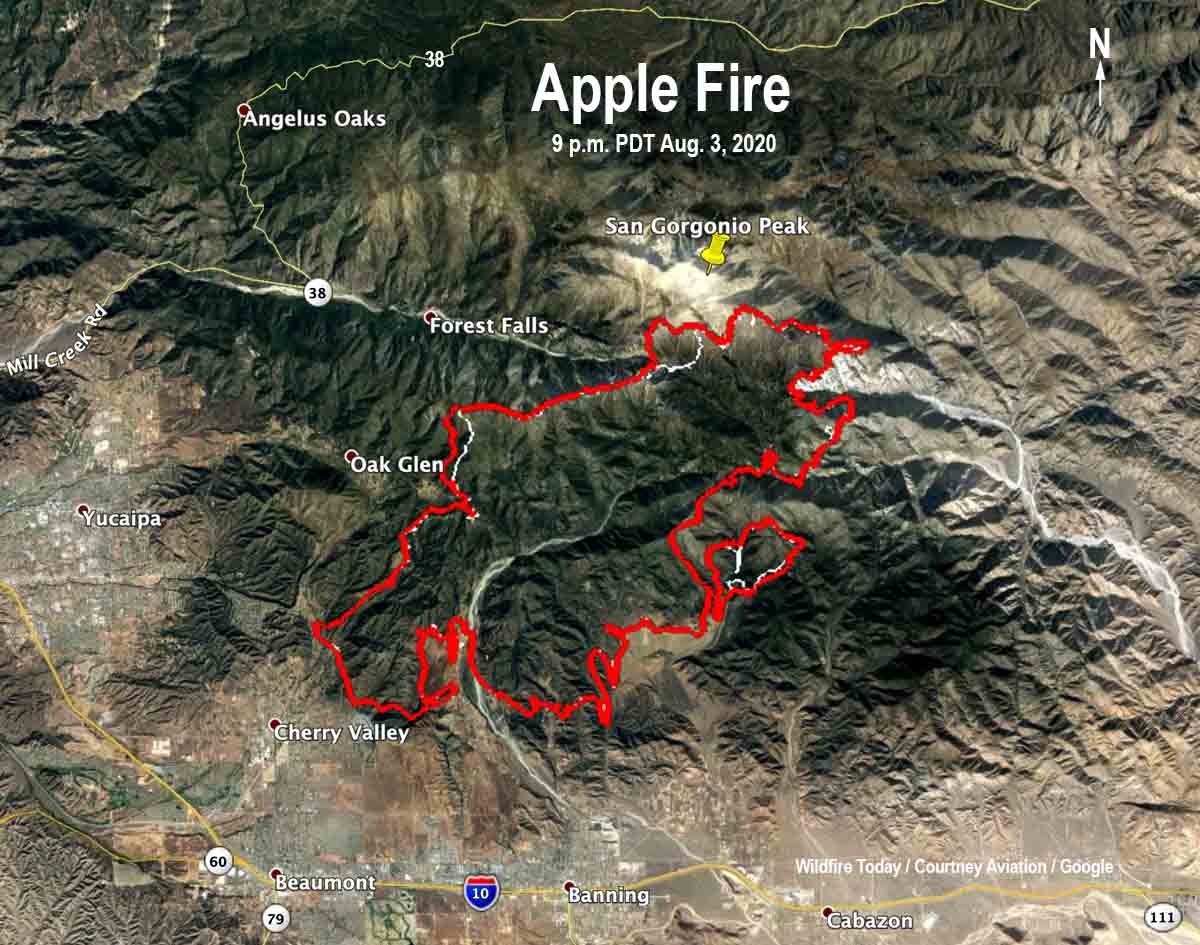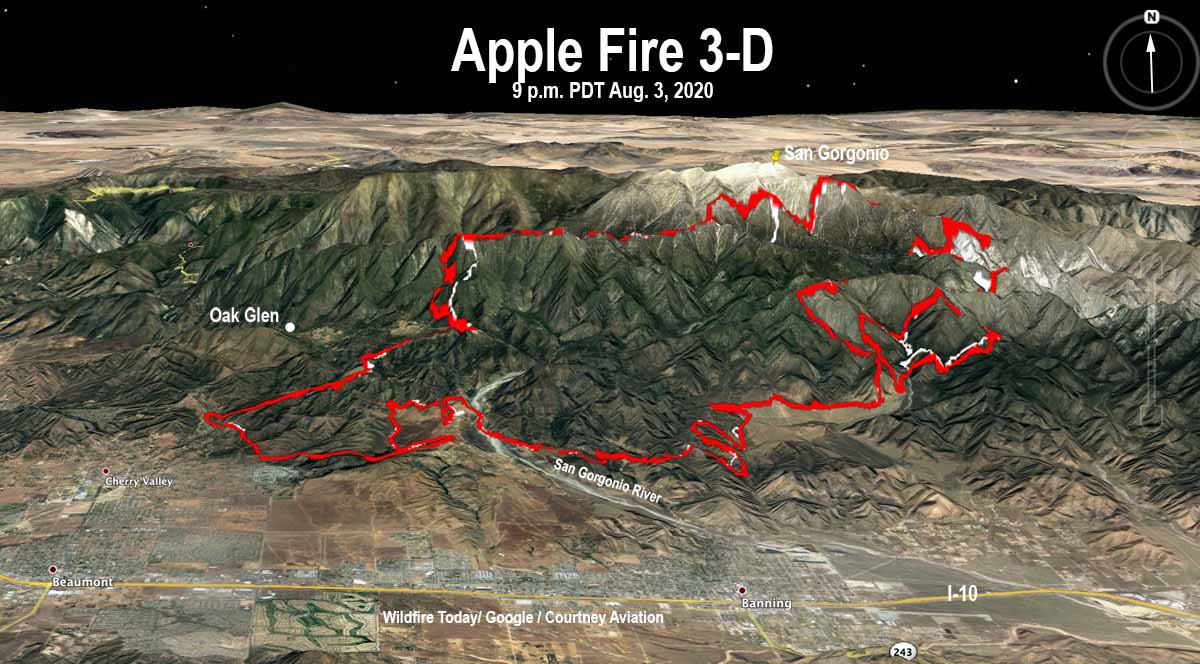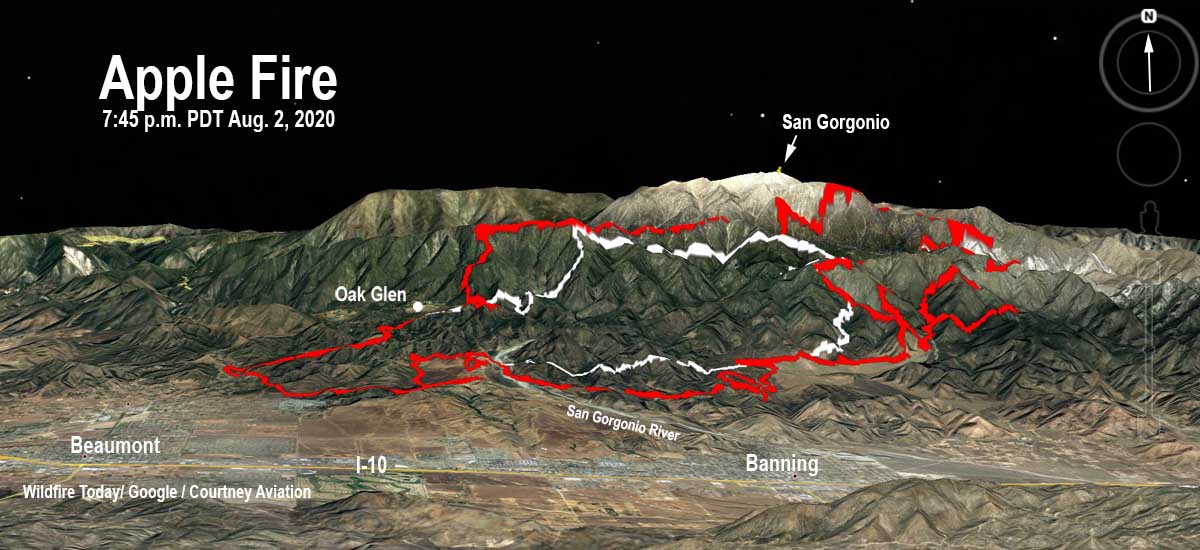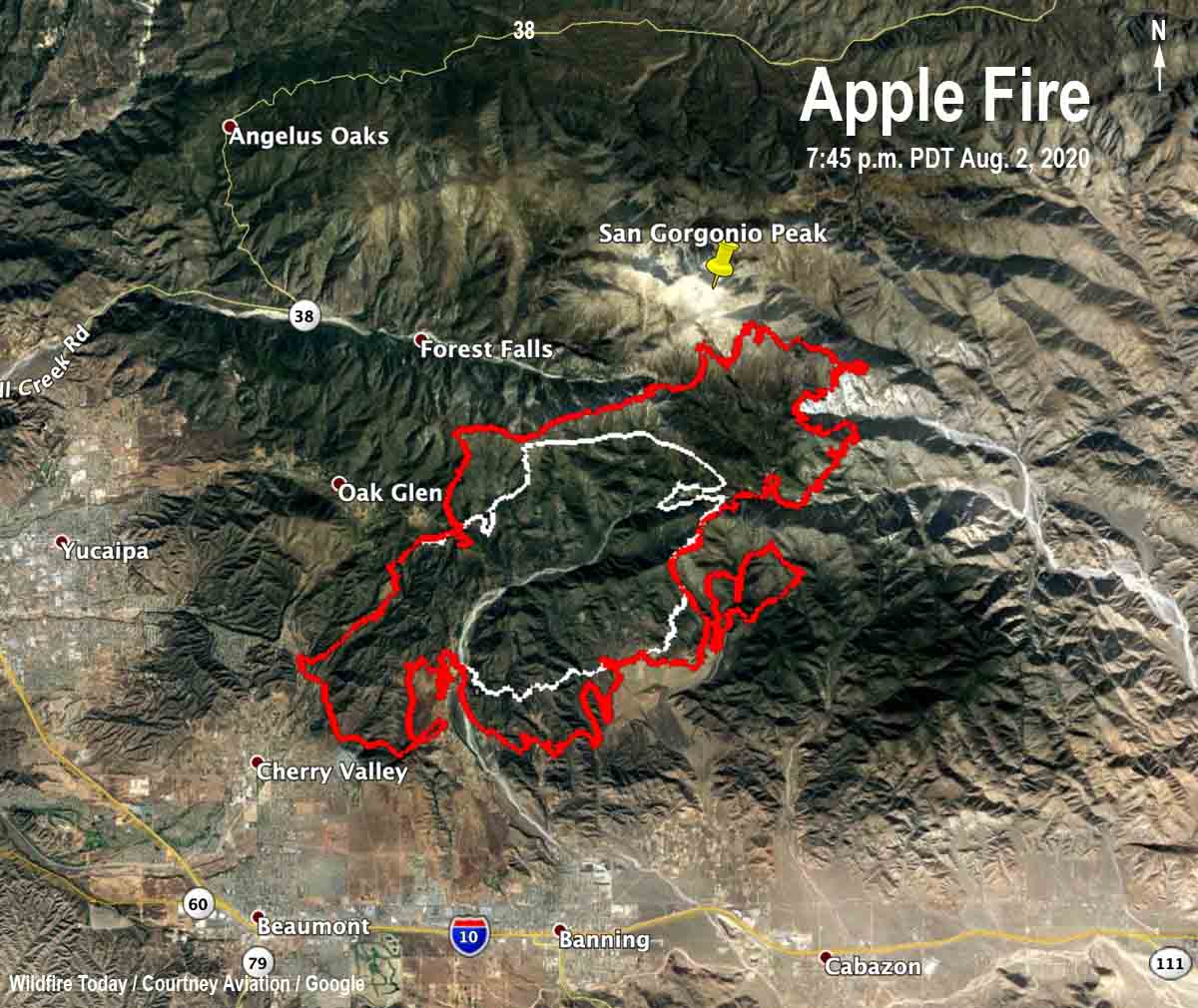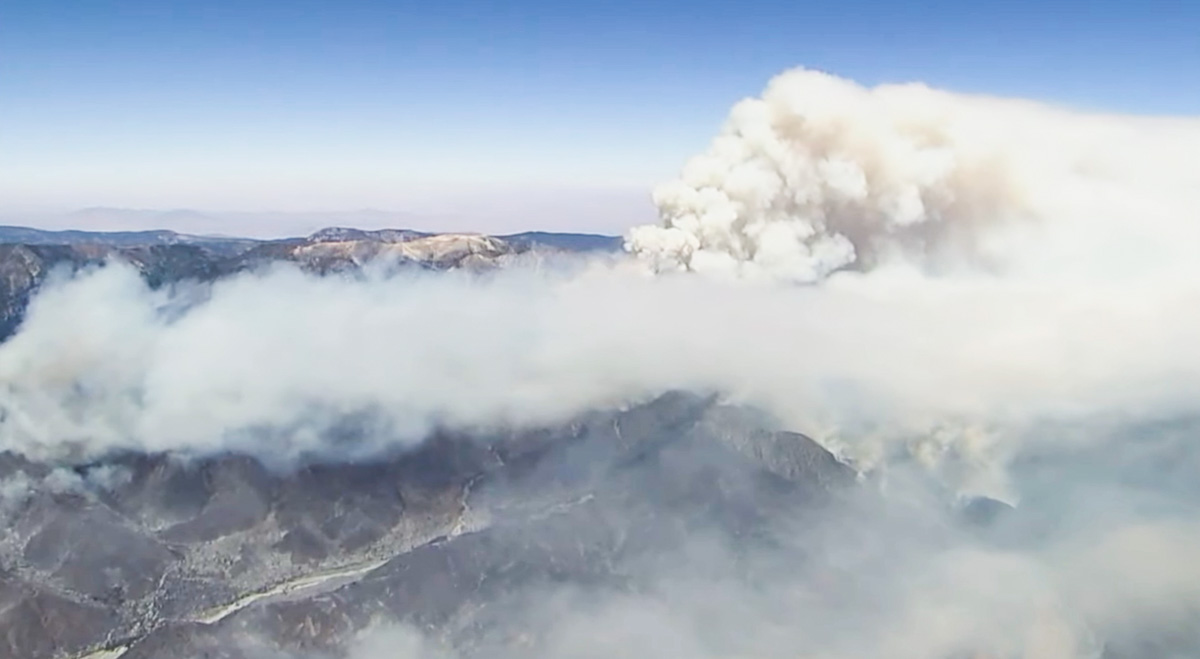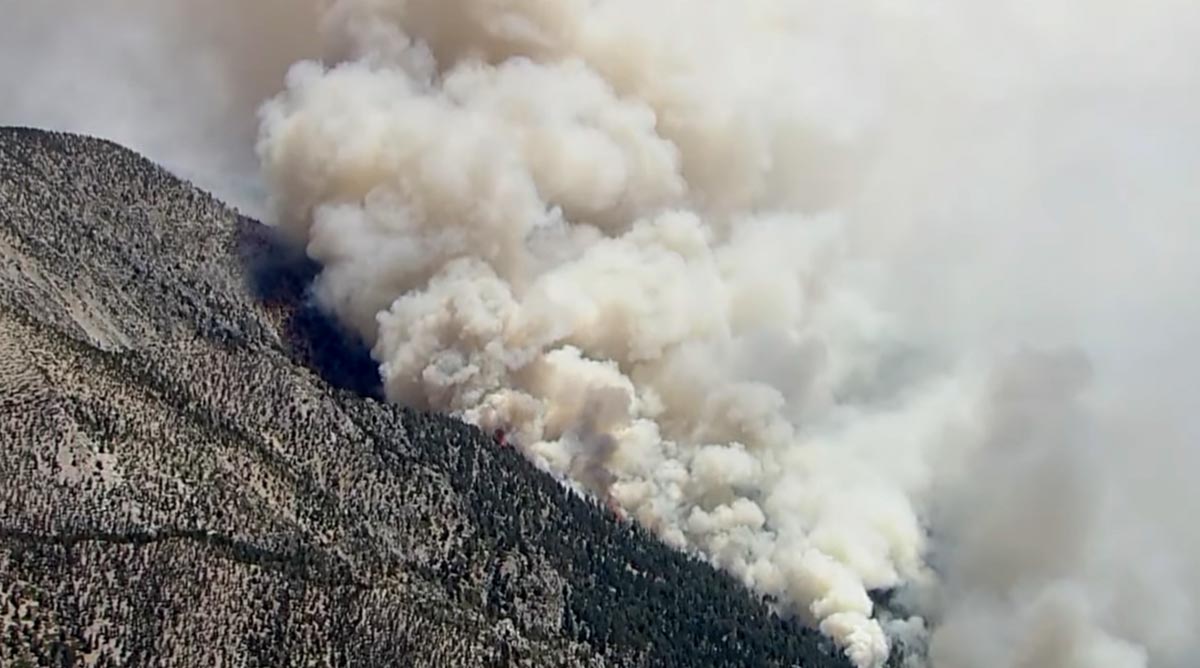
I knew the Discovery Channel’s new series, CAL FIRE, was going to be interesting when the Sunday night premier episode started with a close up of the CAL FIRE director describing his greatest regret.
"My greatest regret in this job is the time I didn't spend with my family. It's hard to describe to somebody why mom or dad can't be there. We run into places that people should't be. And we do it selflessly as if they're our family members. This job is all encompassing. Firefighting is about sacrifice." Thom Porter, Director of CAL FIRE.
The limited series was filmed by camera crews and reporters who embedded, at least in episode 1, with engine crews. Presumably they went through basic fire training and were outfitted with personal protective equipment since they at times were shoulder to shoulder on the fire line with firefighters who had to tell the camera operator to “watch yourself.”
Apple Fire, Engine 3175
The first engine featured was 3175 in Riverside County, California. Engineer Aaron Dudley is on screen often, talking about his family and what it is like to work for 72 hours on a wildfire.
“I could get a regular job, but I love this one. I definitely could not have peace of mind out there without strong family support.”
The camera was rolling in the station when the crew was dispatched to the Apple Fire which started near Cherry Valley July 31, five or ten miles north of San Jacinto. It eventually burned more than 38,000 acres. Cameras mounted inside the engine filmed the crew and recorded their conversations as they drove to the fire.
After they arrived and worked for a while, the engine ran out of water so they protected a structure using the resident’s garden hose.
Several days after the fire started cameras captured crews igniting a large backfire out ahead of the east side to prevent it from spreading into the Morongo Valley.

“Our objective is to hold it right here at this dozer line,” explained Captain David Mendoza. “So instead of having 10 feet of protection, we’re going to have half a mile of protection.”
At one point the back fire was burning more intensely than desired, so they had a helicopter drop water from a fairly high altitude — not to put it out, but to slow the spread and decrease the intensity, making it easier to maintain control.
Ponderosa Fire, Engine 47
A camera crew was also in Northern California’s Shasta County as Engine 47 was dispatched to the Ponderosa Fire. It was burning in timber, very different from the Apple Fire which was primarily brush.
When the crew was struggling on the fire’s edge to charge a hose lay with water a helmet cam captured the action.

As the flames spread closer to the hose that lay flat with no water, we hear, “Come on boys! Double time it! When you get water take off running”, meaning, when you get water at the nozzle, apply it along the fire’s edge at a fast pace.
“Our life is going to be miserable in a minute if you don’t hurry up.” “We’ve got a busted hose”. “Oh (bleep).”

The verdict
The Discovery Channel did an admirable job of capturing a few examples of what wildland firefighters see while actually on a fire, and as Engineer Dudley explains, what they think and how the job impacts a family. It is not a complete picture in 42 minutes, of course, but it is a brief glimpse into some aspects of the job.
The production values were very good and the cinematographers recorded, at times, impressive flames and smoke columns — eye candy, to some. Yes, fires at times can be beautiful.
The 42 minutes of Episode 1 were interesting and I will set my device to record more. But, having been a firefighter, I am naturally drawn toward what was my passion for 33 years. Having video cameras and microphones WITH the personnel as they fight fire without an engine visible is something not often seen.
We’ll have to see if every episode shows pretty much the same thing, putting the wet stuff on the red stuff. Maybe if they can generate interest in two or three firefighters with interesting story lines it could add another element. This is a niche in television, wildland firefighting, however there are lots of niche TV shows that are successful on cable channels.
But there will probably be one or two firefighters who will watch the show and try to demonstrate their knowledge by criticizing what they saw on the screen.
You can watch the full version of Episode 1 at the Discovery Channel, plus two shorter episodes, 105 and 106, seven and eight minutes long, about the Glass, Blue Ridge, and Silverado Fires that burned in southern California in 2020.


